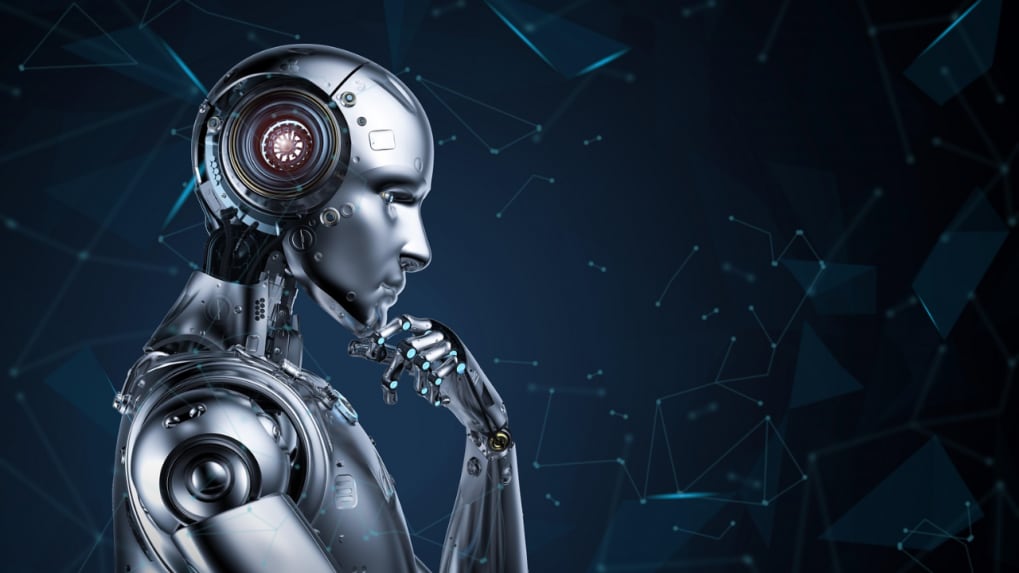In the rapidly evolving landscape of technology, organizations are increasingly reliant on automation and artificial intelligence (AI) to optimize processes and enhance productivity. Recent insights from Canva, derived from a survey of 300 technology decision-makers across North America, Europe, and Asia-Pacific, underscore not only the momentum behind AI-assisted coding but also the indispensable role of human oversight in ensuring code quality. This discussion turns a spotlight on the implications of AI integration in software engineering, especially how small and medium-sized businesses (SMBs) can leverage these technologies effectively.
The data indicates that AI adoption in coding tools is almost universal among CIOs in India, with an impressive 94% of developers using these tools on a daily basis. This reflects a broader global trend wherein a significant percentage of technology leaders expect the utilization of AI in coding to rise dramatically over the coming year, fueled by the need for enhanced productivity. Notably, 72% of respondents recognize productivity gains as the primary driver of AI adoption. This presents a compelling argument for organizations looking to streamline their development cycles and innovate services.
However, the implementation of AI solutions is not without its challenges. Effective AI usage requires careful consideration, as 92% of leaders identified potential risks associated with deploying AI-generated code without proper review. This raises pertinent questions about maintainability, security, and overall code quality. AI’s ability to facilitate rapid prototyping, idea exploration, and code drafting can be transformative; yet, each line of automatically generated code carries the potential for flaws that can complicate the development process if not rigorously scrutinized.
Taking a human-in-the-loop approach is essential for maintaining code integrity. A remarkable 98% of Indian leaders affirm that AI-generated code is consistently or frequently reviewed prior to integration, showcasing a robust peer review culture. This collective approach acts as a safeguard against producing faulty software that could jeopardize project timelines or compromise system security. Governance frameworks are particularly crucial in this context, as 72% of leaders manage oversight responsibilities at the CTO and CIO levels, ensuring that top-tier executives are engaged in the deployment and assessment of AI technologies.
The evolution of the developer skill profile further complicates the narrative. While nearly all surveyed leaders agree that AI tools positively transform skill sets, a cautionary sentiment is evident. Concerns loom about the risks of over-reliance on AI, particularly regarding accountability and accountability, with 28% citing issues related to compliance and security vulnerabilities. The apprehension that junior engineers may face developmental stagnation as they lean on AI technologies underscores the importance of a balanced approach. Training initiatives that promote responsible use of AI tools, whilst also cultivating critical thinking and creativity among developers are paramount.
The comparative analysis of leading automation platforms provides further insight into strategic decision-making for SMBs. For instance, tools like Make and Zapier differ fundamentally in their capabilities. While Make offers advanced automation options conducive to complex system integrations, Zapier focuses on ease of use, catering to organizations with less technical expertise. For businesses prioritizing rapid deployment and straightforward implementation, Zapier may yield a higher return on investment, particularly in a cost-sensitive environment. Conversely, businesses with more intricate operational demands may find Make’s comprehensive features align more closely with their long-term objectives.
When discussing AI platforms, OpenAI and Anthropic emerge as significant players in the field. OpenAI’s capabilities in natural language processing are well regarded, offering a versatile solution for various applications. Conversely, Anthropic emphasizes safety and alignment in AI behavior through comprehensive training processes. Organizations need to weigh these strengths against their operational requirements. They should consider not just upfront costs associated with implementation, but also ongoing maintenance, scalability, and training needs. A platform that not only meets immediate needs but also evolves alongside the organization is key to maximizing ROI over time.
Investing in AI and automation tools offers substantial opportunities for growth, but organizations should approach these technologies with a strategy that encompasses both immediate benefits and long-term impacts. Key takeaways from these insights and analyses underscore the importance of human oversight in the software development process, the necessity of balancing AI utilization with developer accountability, and the advantages of adopting a thoughtfully chosen automation platform that aligns with organizational goals.
In conclusion, the integration of AI into software engineering signifies a transformative wave that organizations cannot afford to overlook. By coupling AI-assisted capabilities with human expertise, businesses not only enhance productivity but also safeguard the quality of their outputs. For SMBs navigating this landscape, an emphasis on training, oversight, and thoughtful technology selection will ultimately dictate their success in leveraging AI for sustainable innovation.
FlowMind AI Insight: To thrive in the evolving technological landscape, SMB leaders must prioritize a strategic approach to AI that harmonizes automation with human oversight, fostering an environment of continuous skill enhancement and innovation.
Original article: Read here
2025-09-04 10:24:00

